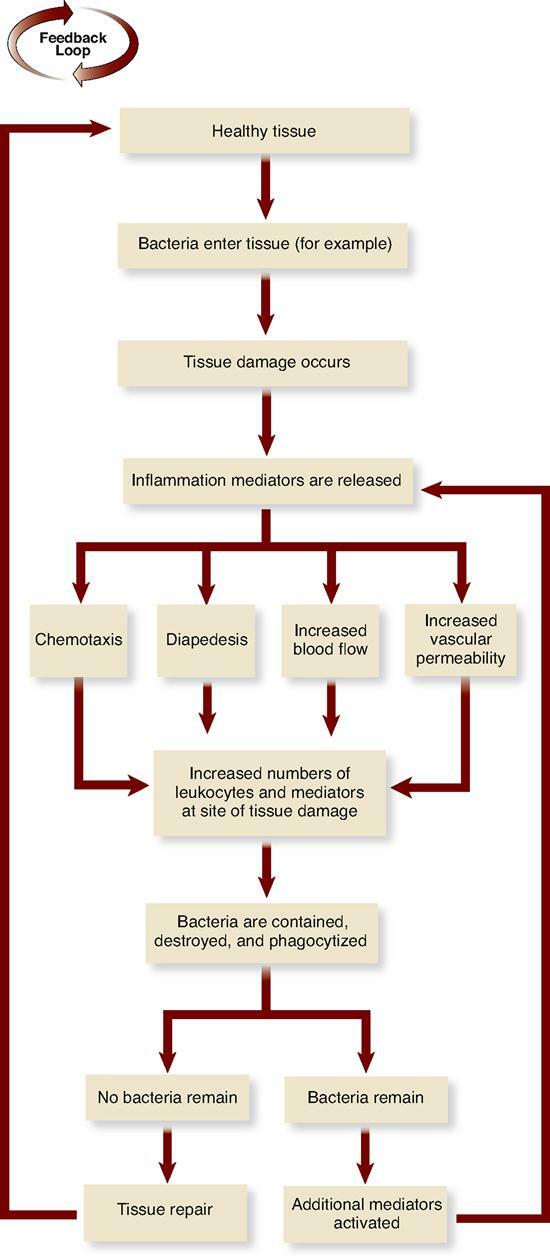Phagocytosis
Phagocytosis is the process by which cells engulf other smaller cells or particles. The engulfing cell is called a phagocyte. After the phagocytosis process is completed, a phagosome is formed. In some cases, the phagocyte derives nutrients from the engulfed material. This form of feeding is common amongst amoebas and sponges. However, in higher animals, the process is used mainly for defence purposes, especially after infections. This paper discusses the phagocytosis mechanism, especially in higher animals, together with how it is used by the immune system to fight diseases.
The Phagocytosis Mechanism
A bacterium will be used as an example of the engulfed particle. Before the phagocytosis process can be completed, the engulfing cell should adhere to the bacteria. The adherence process depends on the bacteria’s chemical receptors on the surface (Arandjelovic & Ravichandran, 2015). The phagocytosis process can only occur after the phagocyte binds to the receptors on the surface of the bacteria. If the phagocyte is not compatible with the available receptors, blood proteins, which are called opsonins, form a coating film on the surface of the bacteria through the opsonisation process (Davies & Abreu, 2014). The phagocytes then bind to the opsonins, and the phagocytosis process is initiated.
After the adherence phase, the engulfment process starts. This speed of engulfment depends on the size of the bacteria or particle. Small bacteria are engulfed instantly. However, large particles or clumps of bacteria are engulfed slowly over a prolonged period. The phagocyte moves around the bacteria until they are engulfed completely to form a phagosome. The phagocyte then releases hydrolytic enzymes, which are used to digest the phagosome (Gordon, 2016).

The enzymes are normally found within lysosomes, which are membrane-enclosed sacs found inside a cell. The enzymes break down the phagosome into small organic components that are ultimately used by the cell for different purposes (Gordon, 2016). The undigested materials are released back to the tissues, which activates the immune system to produce more phagocytes to digest such materials. In some cases, some bacteria are not recognisable by the general antibodies present in the body. As such, the opsonisation process does not take place, and the bacteria cannot be engulfed. In such cases, the body is forced to mount an immune response to attack the bacteria, as explained in the next section.
Role of Phagocytosis in the Immune System
In the mammalian immune system, the white blood cells (WBC) are the common phagocytes. After bacteria invade the body, the immune system’s first reaction is to control the invasion and eradicate the pathogen. Depending on the site of invasion, the immune system is activated based on the cells that defend that area. For instance, macrophages defend the lungs, and when an invasion occurs, they respond by trying to digest the pathogen (Huang et al., 2017).
After digestion, through phagocytosis, the macrophages present antigens on their surface, which then activates other cells of the immune system. The antigens, in this case, are made from the destroyed bacteria. However, when some bacteria like Staphylococcus Aureus enter the body, they produce certain chemicals called chemotaxis (Huang et al., 2017). Such chemicals show the presence and location of the pathogen to the immune system. Phagocytes are then activated to destroy the pathogen through phagocytosis. The entry of pathogens into the body initiates a cascade of events that activate the entire immune system to respond to the invasion.

Normally, phagocytes are not bound to any organ in the body, and thus they move around through the blood and interact with other cells of the immune system (Richards & Endres, 2014). When an infection occurs, for instance, to the lungs, macrophages produce chemicals called interleukins, which activate the phagocytes to move towards the area of invasion to help in the destruction of the pathogen.
Phagocytosis also plays an important role in getting rid of dead body cells. Normally, body cells undergo apoptosis, which is programmed self-death after a given period to maintain a balance between cell death and division (Nagata & Tanaka, 2017). As such, if the dead cells are not eliminated from the system, they will be recognised as foreign materials, and the immune system will be activated to attack. However, the immune system should not attack body cells as such a phenomenon leads to autoimmune diseases. Therefore, after the cells die through apoptosis, they release a chemical called phosphatidylserine, which activates phagocytes (Lovewell, Patankar, & Berwin, 2014). The phagocytes engulf and destroy such cells, thus preventing the immune system from attacking body cells. Therefore, phagocytosis plays an important role in ensuring that the body does not attack itself.
Conclusion
In phagocytosis, cells engulf and digest foreign materials invading the body. While this process is used as a feeding mechanism amongst simple animal life forms like amoeba and sponges, in higher animals, it is used in the immune system to destroy pathogens. The material being engulfed must have receptors where the phagocyte can attach itself before the phagocytosis process can be initiated. In the immune system, phagocytosis plays a central role in the destruction of invading pathogens, as explained in this paper.
References
Arandjelovic, S., & Ravichandran, K. S. (2015). Phagocytosis of apoptotic cells in homeostasis. Nature Immunology, 16(9), 907–917.
Davies, J., & Abreu, T. (2014). The innate immune system and inflammatory bowel disease. Scandinavian Journal of Gastroenterology, 50(1), 24-33.
Gordon, S. (2016). Phagocytosis: An immunobiologic process. Immunity, 44(3), 463-475.
Huang, K., Lee, C., Lin, Y., Lin, E., Perevedentseva, S., & Cheng, C. (2017). Phagocytosis and immune response studies of macrophage‐Nanodiamond interactions in vitro and in vivo. Journal of Biophotonics, 10(10), 1315-1326.
Lovewell, R., Patankar, Y., & Berwin, B. (2014). Mechanisms of phagocytosis and host clearance of Pseudomonas aeruginosa. American Journal of Physiology, 306(7), 591-603.
Nagata, S., & Tanaka, M. (2017). Programmed cell death and the immune system. Nature Reviews Immunology, 17, 333–340.
Richards, D. M., & Endres, R. G. (2014). The mechanism of phagocytosis: Two stages of engulfment. Biophysical Journal, 107(7), 1542–1553.